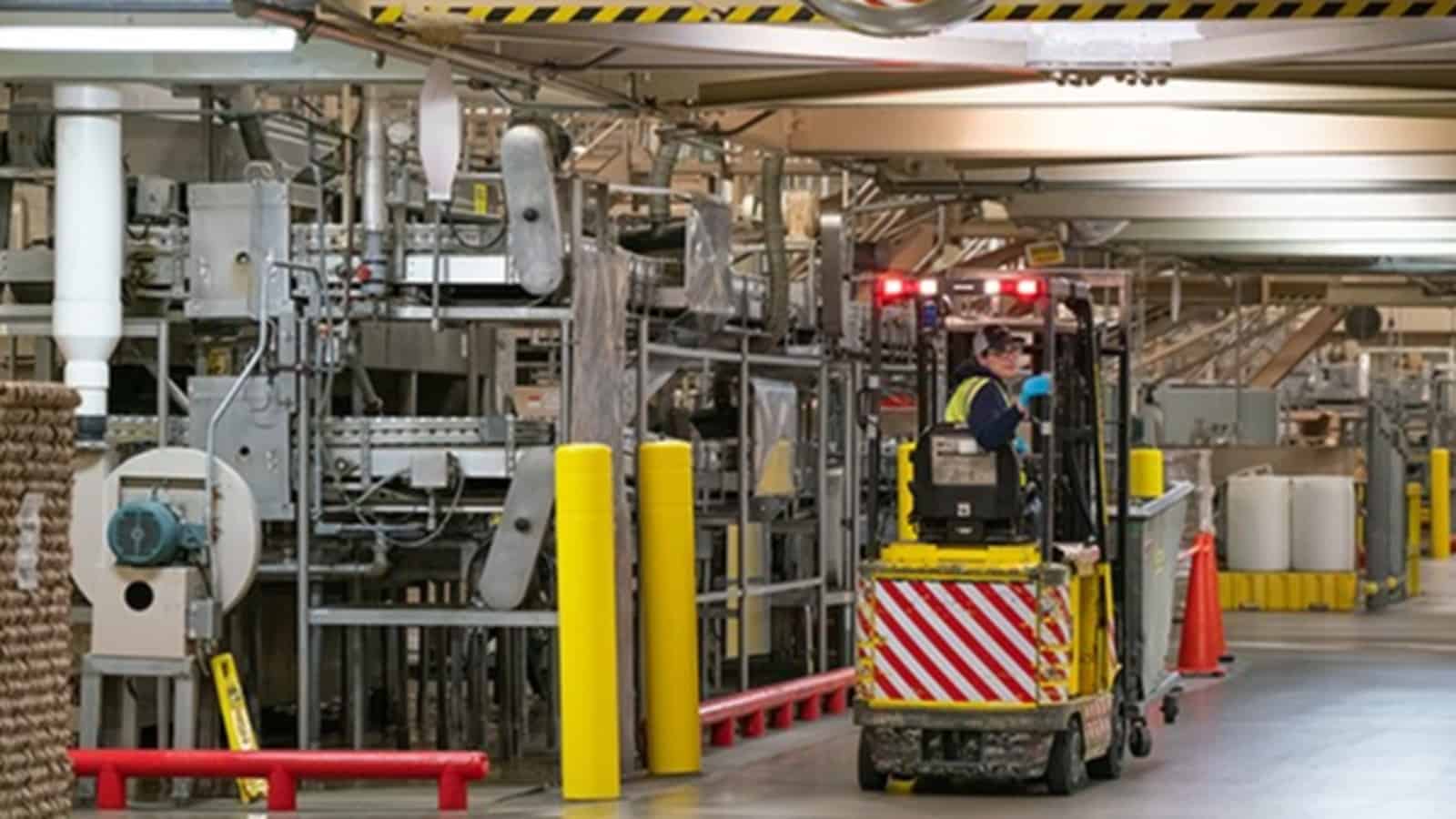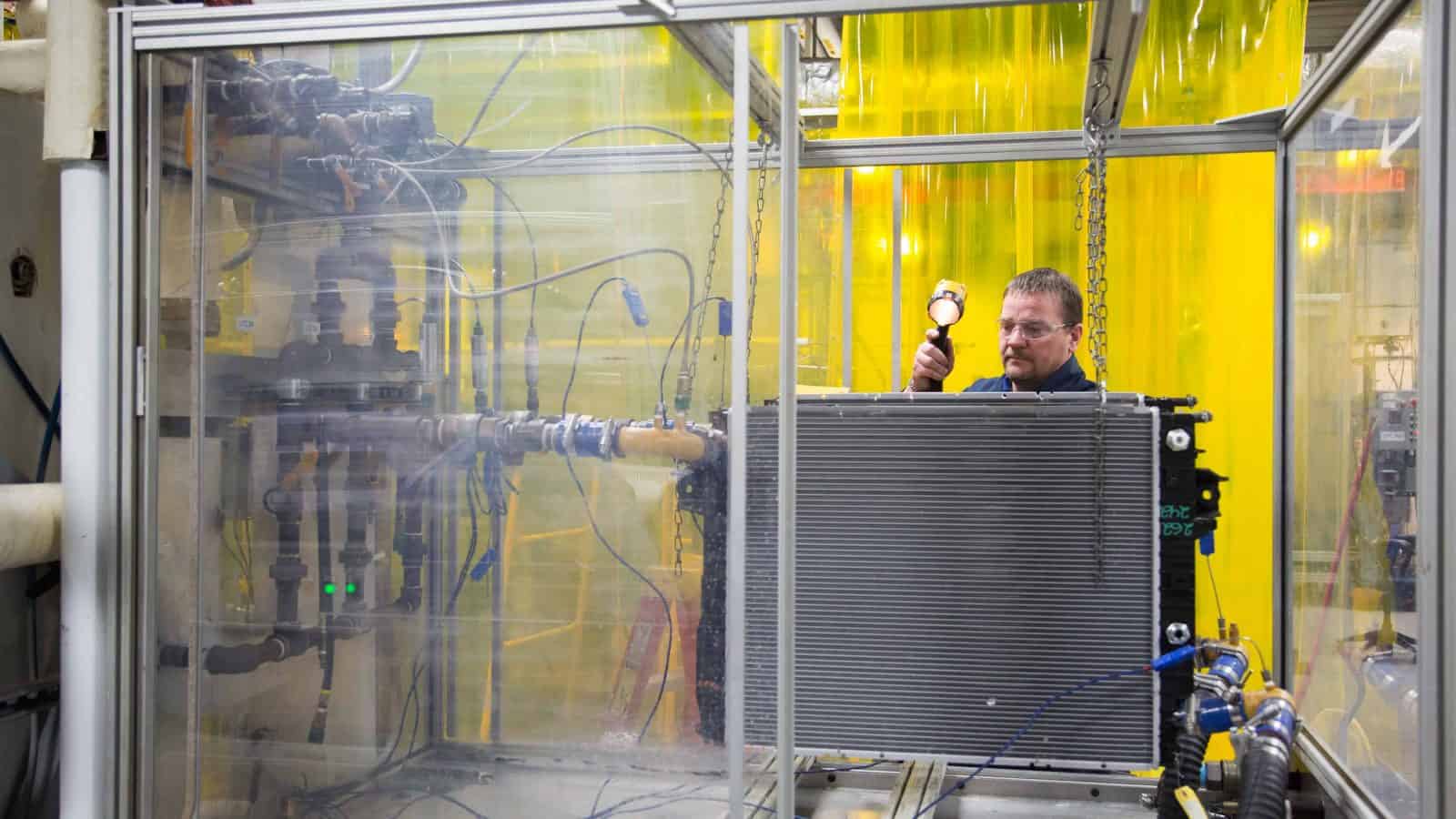Manufacturers Should Act Fast on Energy Tax Credits

Manufacturers risk losing out on several climate and energy tax credits if they don’t act fast—and will miss an opportunity to save millions.
That’s the message from Brian McGoff, president and chief operating officer of Dalrada Corporation—a manufacturing solutions provider focused on sustainability. The Biden administration and Congress have created additional financial incentives for manufacturers that embrace sustainable practices, but these incentives won’t be around forever.
The benefits: Currently, manufacturers can access a wide range of climate and energy-focused tax credits, grants and other benefits, from new programs and funds created through the Inflation Reduction Act to legacy tax credits like the 179D tax deduction—a provision that was expanded recently to offer significantly more value.
- “If you make qualified upgrades or a retrofits to your existing building or facility, the government used to give you a tax credit through 179D that was worth $1.88 per square foot times your tax rate,” said McGoff.
- “Now, it’s $5 per square foot for projects that meet the prevailing wage and apprenticeship requirements. That’s a direct tax credit—so if you define the project, design it, start implementation and have the proper software to demonstrate the required savings, you can apply.”
- “The lifetime cap on the maximum deduction allowed for a property was replaced with a more favorable three-year cap,” he added. “Companies are allowed to elect an alternative deduction for energy-efficient retrofits in the year the retrofitting plan is certified, to reduce the building’s energy usage intensity by at least 25%.”

How it works: The 179D commercial buildings energy-efficiency tax deduction primarily enables building owners to claim a deduction for installing qualifying systems in buildings, says McGoff.
- Taking advantage of ESG-related tax provisions doesn’t only help these companies become more sustainable, he explains. It also helps companies save money on upgrades and other infrastructure projects; cuts down costs over time once their operations become more energy efficient; and makes their property more valuable.
- “I can fix my leaky roof for the third time, or I can invest in more efficient lighting, airflow and structural upgrades for rooftop solar and improve my overall energy efficiency,” said McGoff. “I’m going to spend 10 or 50 percent more to do that, but I’ll get significant returns through these grants, tax deductions and benefits, along with direct savings from increased energy efficiency over time. The alternative is you just keep fixing your roof the same way.”
- A few other useful notes: Tenants may be eligible if they make construction expenditures, and in the case of a system or building installed on federal, state or local government property, the deduction may be taken by the person primarily responsible for the system’s design.
The rush: The current value of these credits and opportunities won’t last forever. Several of these programs, including 179D, will have a reduced value after 2024.
- McGoff cautions that the process for planning projects, vetting qualified technologies and applying for benefits takes months. And while the provisions in the Inflation Reduction Act aren’t set to disappear anytime soon, McGoff also notes that there is no guarantee that legislators won’t reduce or revoke the incentives at some point.
- “We meet with companies eligible for programs that would provide close to $3 billion in value, but more than $1 billion of it goes away in December of next year,” said McGoff. “And there’s so much work and labor that goes into creating the right design, implementation strategy and qualifying for these programs that if they don’t get started now, they’re not going to finish in time.”
The last word: “When I talk to companies about taking advantage of these programs, I tell them, you ought to do it right now, because a large portion of the value in these tax credits is going to be reduced in 18 months,” said McGoff.
Related support: Looking to strengthen your bottom line? The NAM Incentives Locator, powered by Atlas Insight, can help determine your eligibility for a variety of benefits. Learn more here.
